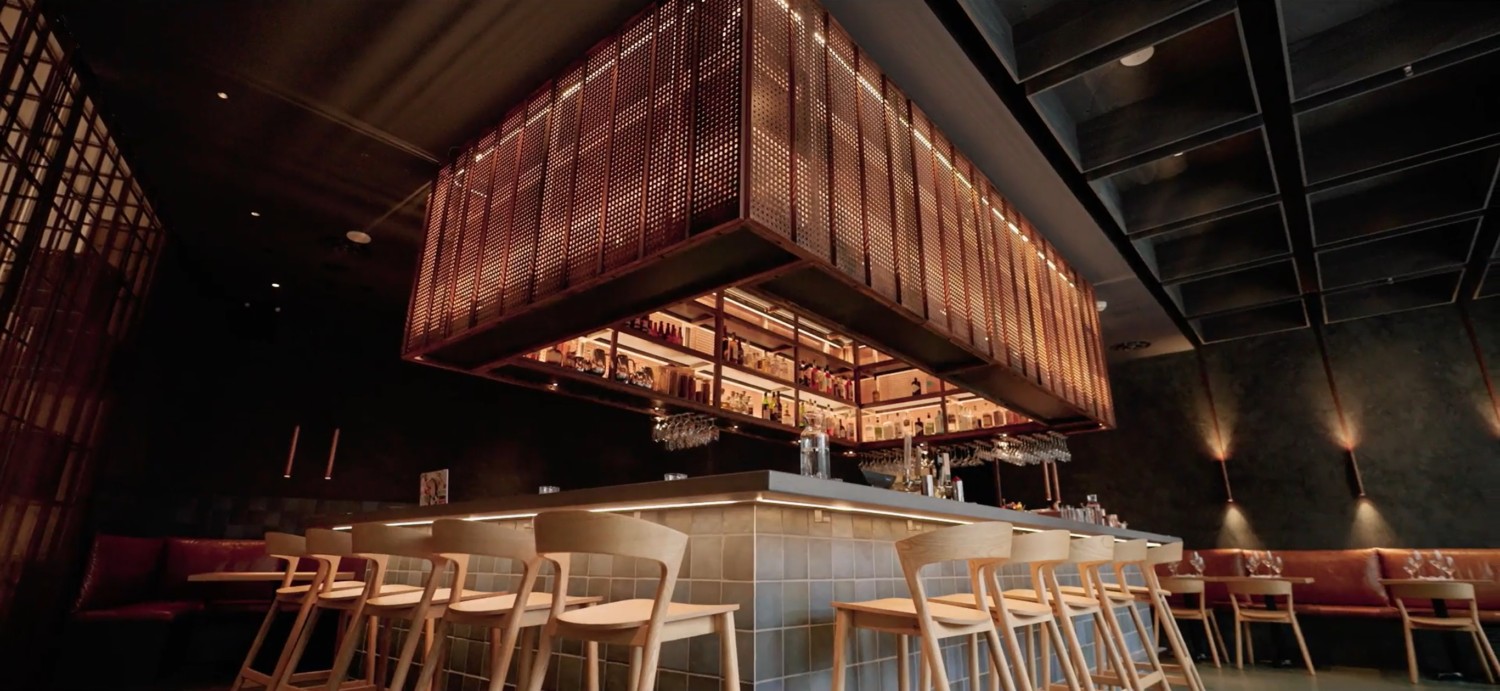Illuminating the Impact of Illumination Conditions on Movement Detection Precision and Dependability
Illuminating the Impact of Illumination Conditions on Movement Detection Precision and Dependability
Blog Article
Illumination conditions play a crucial impact in the way effectively we can perceive motion. Motion detection is a key aspect of various systems, such as surveillance cameras, automatic lighting systems, and also certain gaming applications. Understanding the ways various illumination conditions affect our ability to detect motion can help improve the development and efficacy of these technologies. For example, poor lighting can result in overlooked movements or incorrect alerts, while ideal lighting can boost the precision of motion detection systems.
In bright lighting conditions, motion detection is typically more accurate. When there is sufficient illumination, sensors and cameras can capture sharper images, which assists in identifying moving elements. Bright conditions allow for better distinction between the moving object and the surroundings. This contrast is crucial for both human viewers and mechanical systems, as it makes it simpler to differentiate between static and dynamic objects in a setting. Thus, ensuring that spaces are well-lit can greatly improve the performance of movement detection technologies.
Conversely, low-light environments can present difficulties for motion detection. In dim settings, shadows can hide moving elements, which makes them difficult to perceive. Additionally, the human eye faces challenges to perceive movement in dim conditions, which discover this info here can lead to misunderstanding of what is happening in the surroundings. Cameras might also encounter difficulties, as many do not function well in low light without the use of infrared capabilities or other enhancements. These limitations highlight the significance of adequate illumination in settings where movement detection is critical.
Moreover, various types of illumination can have varying effects on motion detection. For example, neon lights can flicker, which can confuse motion detection systems that rely on steady illumination input. On the contrary, natural provides a consistent source of lighting that enhances clarity. Comprehending these differences in lighting conditions can guide users in choosing the most suitable illumination for specific uses, especially in security and surveillance situations.
In conclusion, the connection between lighting conditions and motion detection precision is important. By making sure that settings are appropriately lit, we can enhance the reliability of movement detection technologies. This knowledge not only supports tech applications but also improves security and security in various visite site settings. As more developments are made in movement detection systems, taking into account lighting conditions will remain a vital factor in enhancing effectiveness and guaranteeing that these technologies function properly in various conditions.